
This article will walk through the steps required to get Kubernetes and Apache Ignite deployed on Amazon Web Services (AWS). The local computer operating system used was Ubuntu and if you follow the steps in this article, you may need to adjust the commands as appropriate for your operating system and environment.
Preliminaries
In order to use AWS, it is necessary to have an account. If you do…

This article will focus on how to create an Apache Ignite cluster that can support the reading and writing of user-defined objects in a common storage format. This is particularly useful in situations where applications need to work with objects but these objects will be accessed by different programming languages and frameworks. Apache Ignite supports a binary format that is particularly useful…
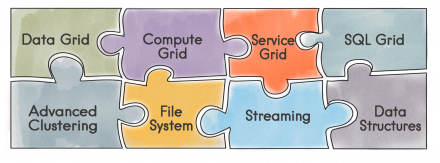
In this article I will focus on Zero Deployment in Apache® Ignite™.
There is a very useful feature in Apache Ignite for inter-node byte-code exchange called peer class loading, also referred to as P2P class loading. Let’s take a look at this in little more detail.
Peer Class Loading
In Apache Ignite, there is a special distributed ClassLoader which, if enabled, will automatically redeploy Java…
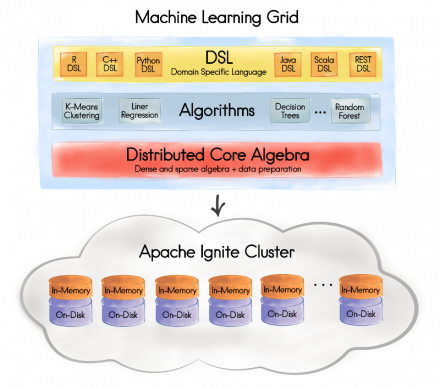
In this article I will focus on the new Machine Learning (ML) Grid. This is in development, but already offers a number of capabilities that may be very useful to Data Scientists.
Machine Learning (ML) Grid
Machine learning is a method of data analysis that automates the building of analytical models. By using algorithms that iteratively learn from data, computers are able to find hidden…
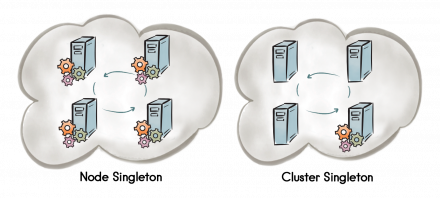
The Apache Ignite Service Grid will be the subject of this article in this blog series.
Service Grid
The main feature of the Apache Ignite Service Grid is to deploy services onto a cluster with availability and fault-tolerance. A counter or an ID generator would be simple examples of services.
A major use-case for the Service Grid is to deploy a Singleton. There are a number of different types…
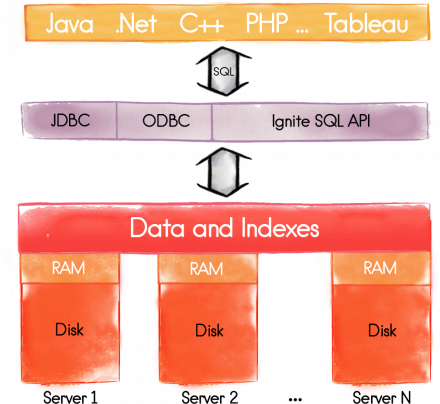
This is the fifth article in this blog series and I will focus this time on the support for a distributed SQL database in Apache® Ignite™.
Distributed SQL database
Today, SQL is still a very popular language for data definition, data manipulation and querying in database management systems. Although often associated with Relational database systems, it is now used far more widely with many non-…
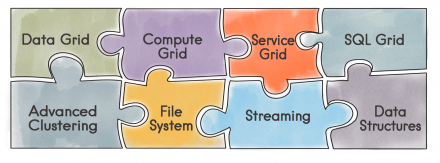
This is the fourth article in this blog series and I will focus this time on the Streaming component of Apache Ignite.
Streaming Grid
Streaming represents data that continuously enters a system. The quantity of data may vary in size. The challenge is to store the streamed data and process it without running out of memory. To achieve this processing, the concept of a sliding window is used. This…
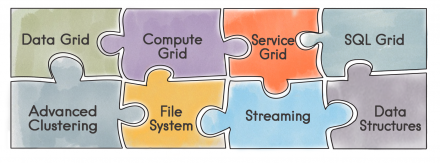
Figure 1 shows a high-level component view of Apache Ignite. So far in this blog series, I have briefly discussed Clustering and Deployment and the Data Grid.
Figure 1. Main components of Apache Ignite
I mentioned in the previous article that I could cover the SQL Grid next. However, because of late-breaking developments, I have postponed this for a few weeks. Instead, I will focus on the…
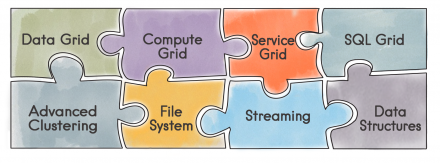
In the previous article, I discussed my motivation for writing this blog series. Also presented was the high-level component view of Apache® Ignite™, shown in Figure 1.
Figure 1. Main components of Apache Ignite
The previous article also briefly introduced Clustering and Deployment. This article will focus on the Data Grid.
Data Grid
In Apache Ignite, a Data Grid can be thought of as a…
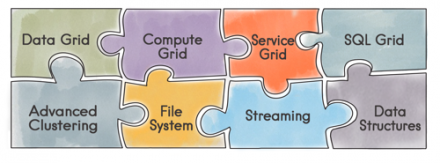
In this series of Apache Ignite Tutorial articles, I will describe what Apache Ignite is and how to deploy it at a beginner's level. In this first blog post, I will cover clustering and deployment.What is Apache Ignite?Apache Ignite is an in-memory data fabric. Its main goals are to provide performance and scalability. It partitions and distributes data within a cluster. The cluster provides very…
Pagination
- Previous page
- 1
- 2
- Next page

